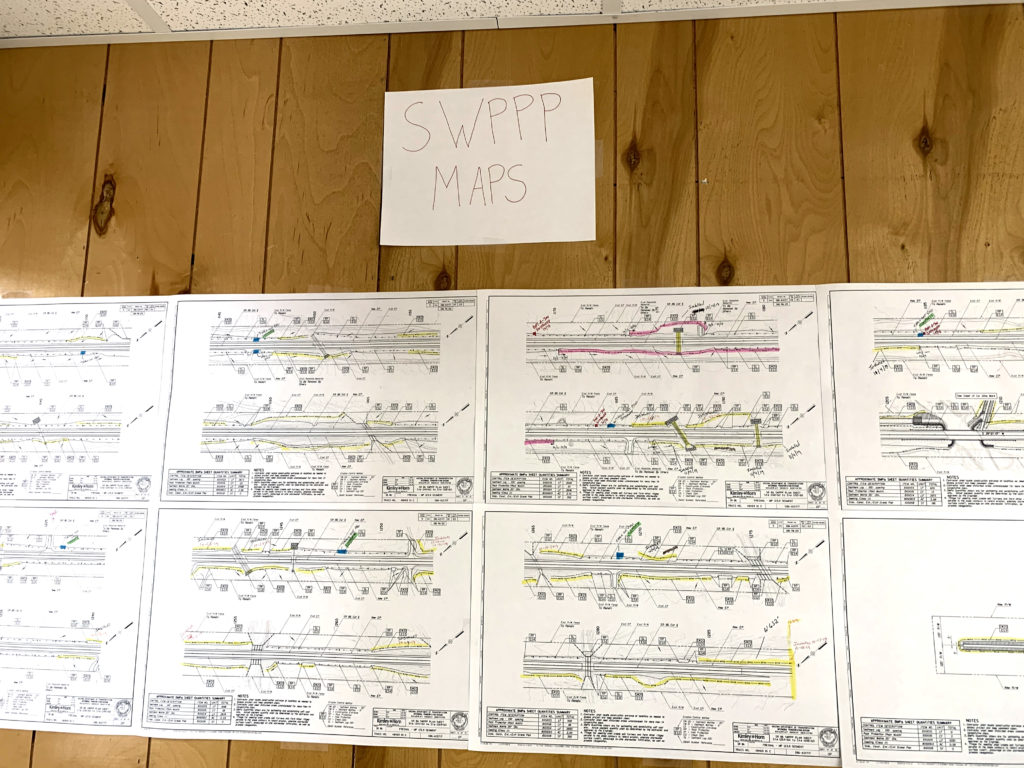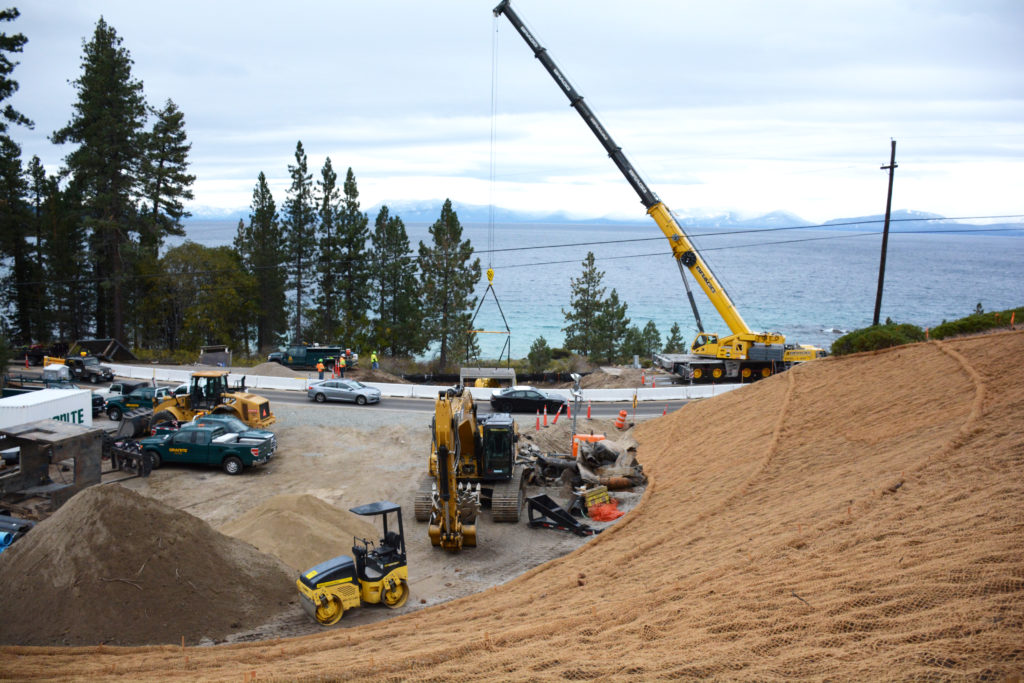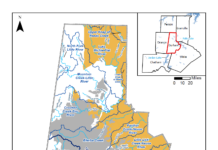By Tina K. Mudd, PMP, CPESC, REP, QSD/QSP
here are many articles about stormwater compliance that address how to plan for and install best management practices (BMPs) on construction sites, and how and when to notify regulators about changes to plans, but the most successful contractors take an extra step. They create an environment where everyone on the team—environmental engineers or consultants, contractor leadership and onsite crew—assumes responsibility for stormwater management.
Creating a communications loop that provides information to the people involved in oversight, regulation and installation of BMPs leads to a worksite that promotes proper stormwater management as an important part of the construction project. This results in a true team approach to stormwater management that leads to a more successful build that is not hampered by regulatory delays and ultimately this team approach will help the contractor’s bottom line.
The steps to building the ideal communications loop do not happen overnight and require some strategic decisions to change how the entire team views stormwater management.

Build a relationship with agency partners
Don’t wait for a site inspection to meet the regulatory representative. Meet the inspector before you begin building to talk about what BMPs you are implementing and why. Of course, the beauty of a stormwater plan is that you can constantly change it. By building rapport with your regulatory partner you can ensure open communication and a resource to trouble shoot solutions if the initial plan is not working.
In the first call or meeting with inspectors, ask how they want to receive communications: phone call, email or text. People like to communicate in different ways, so ensuring that you are using their preferred method lets them know that you respect their time and how they organize their work responsibilities.
This approach to communications makes the regulatory representative part of the team and eliminates an “us and them” atmosphere. Being open to alternative suggestions creates trust between contractors and inspectors and helps to form a good relationship. In the end, the goal is the same for both parties—to protect our communities’ water resources.
Most importantly, don’t be afraid to reach out to regulators proactively. Some contractors may be hesitant to contact inspectors if there is a problem to resolve because they think it automatically opens an enforcement action. This is not the case if the contractor has been transparent throughout the process. For example, if the dewatering process is not working as expected, communicate to the regulator why it isn’t working and ask if a different tactic can be tried. This type of communication shows that you are committed to proactive permit compliance on the site and are working to find the most effective solution.
Not all construction companies have environmental engineers on staff, so they may rely on consultants to help design and oversee the performance of BMPs as well as work with regulators. No matter how experienced the consultant is, contractor representatives also need to develop relationships with agency representatives. The contractor is ultimately responsible for stormwater management, so there is a risk if a third party is allowed to handle the relationship with no involvement from the contractor.

Communicate with and listen to the construction crew
The more a construction crew knows about stormwater management and why certain measures are taken to control stormwater, erosion, and sediment, the more invested in the process they become. In addition to explaining why specific BMPs are installed at a jobsite and how they work to manage stormwater better, keep the issue top of mind by continually offering information. Include environmental topics along with safety topics in the weekly tailgate talks. All construction crews understand the importance of safety on a jobsite, so the inclusion of environmental topics in these meetings conveys their importance.
Other ways to keep onsite construction crews aware of stormwater management importance include:
- Post a stormwater control map onsite. Place a map where it can be seen during every daily status meeting and encourage forepersons and project managers to use a pen to markup changes and updates. This keeps the plans and the actual onsite BMPs synced so that everyone has the same information.
- Empower employees. All employees should stop work when they see an erosion or water control issue, just as they are empowered to stop work when they notice a safety issue. For example, any employee driving by a silt fence that has fallen should know to report the issue so it can be addressed immediately. The only way this happens is by educating all employees about the importance of that control.
- Educate forepersons, supervisors and project managers. Send forepersons and project managers to courses where they learn about stormwater management, permit requirements and types of controls. They do not have to become experts, but they will benefit from a basic education and the language with which to speak with inspectors. If the inspector shows up unexpectedly, the supervisor or foreperson is not afraid to handle a compliance inspection—in fact, they are proud to do so.
- Listen to the onsite crew. In addition to educating onsite employees through tailgate talks, seminars or online courses, remember that good communication is a two-way street. Ask employees who are installing or working around the BMPs if they have alternate installation ideas. Asking for their input demonstrates the “team” concept of stormwater management.

Lastly, don’t make the most common mistake of assuming the installation, oversight and maintenance of BMPs is someone else’s responsibility. The foreperson and crew are responsible for installing BMPs and numerous other things to build the project. Maintain a realistic perspective while communicating stormwater priorities. Remember that the goal is that everyone—contractor, inspector and onsite crew—works together as a team.
About the Expert
Tina K. Mudd, PMP, CPESC, REP, QSD/QSP, is the environmental manager at Granite Construction in Sparks, Nevada. She holds a Bachelor of Science and a Master of Environmental Policy from the University of Nevada, Reno. She is responsible for regional environmental permitting, monitoring and compliance for all aspects of the construction and materials operations. She is a member of the Associated General Contractors (AGC) National Environmental Steering Committee and Chair of the Nevada AGC Environmental Committee.













